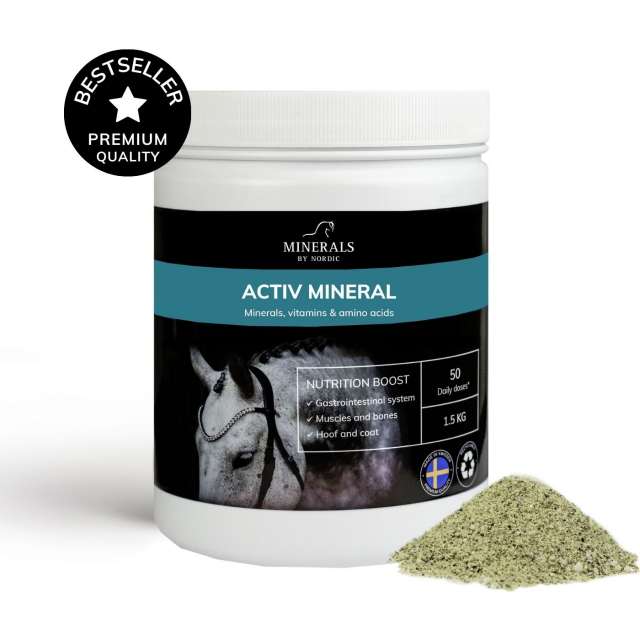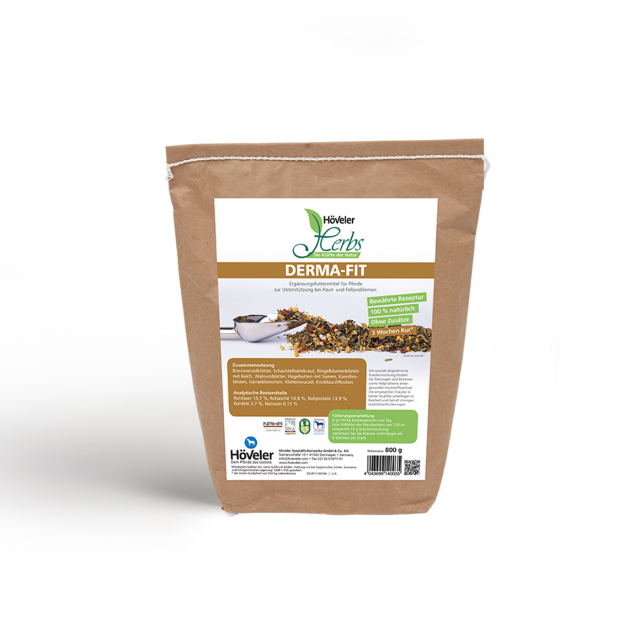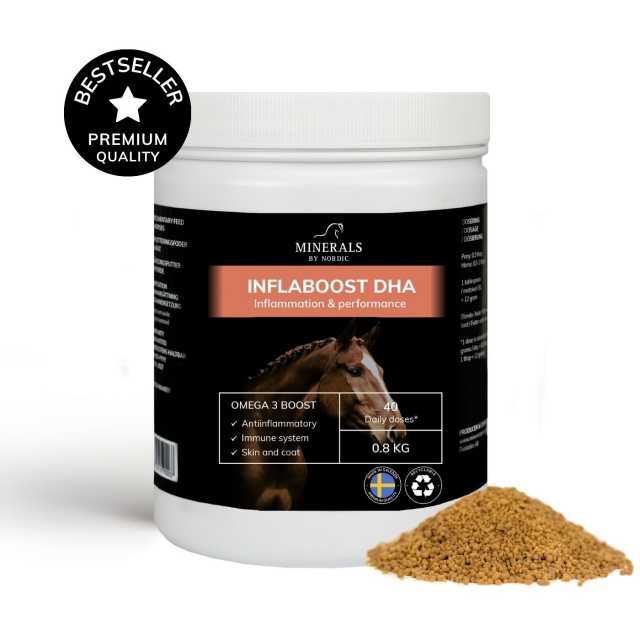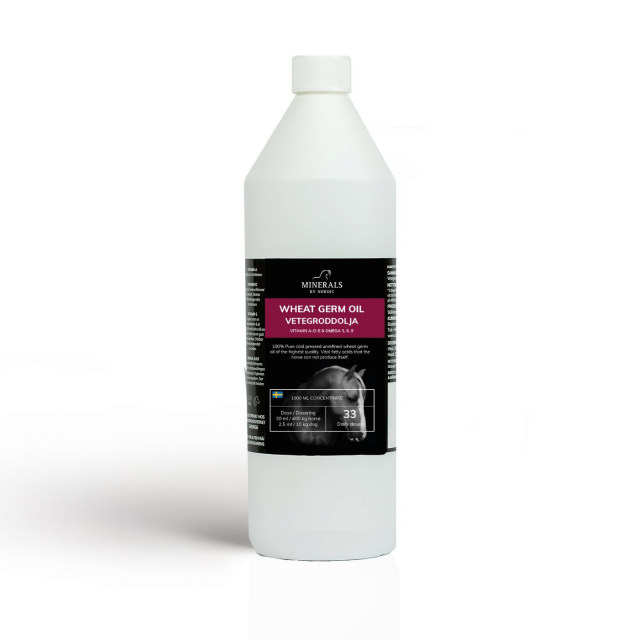Mud fever
Mud Fever in Horses
Mud fever is a common skin disease in horses characterized by inflammation and infection of the skin, usually on the backside of the hooves or in the coronet band. It is most often caused by a combination of moisture, dirt, and bacteria, particularly in muddy or wet environments. Symptoms of mud fever include redness, swelling, crusting, scaling, and sometimes areas of skin that peel off. It can be painful for the horse and requires regular cleaning and treatment to heal properly.
Why do horses get mud fever? Horses often get mud fever due to a damp and dirty environment, especially if they are in muddy or wet paddocks or stalls. Moisture and dirt create an ideal environment for the growth of bacteria and fungi, which can lead to mud fever infections. Horses with thick hoof crusts or hard coronet bands may be more susceptible to mud fever because these areas can retain moisture and dirt more easily. Insufficient cleaning and care of the horse’s legs can also increase the risk of mud fever.
Diet & Nutrition's Role in Resisting Mud Fever Skin conditions like mud fever are often caused by bacteria, and by strengthening the horse’s resilience and immune system, you can support the horse. It is important to review the feeding regime to see if any improvements can be made. A well-balanced diet is crucial for maintaining a horse's overall health and a strong immune system. The foundation is always a base of high-quality roughage (hay, haylage, or grass), which is important for maintaining good gut health, which in turn supports the immune system. Avoid overfeeding and high-starch and sugar concentrates; a diet high in starch and sugar can lead to various health problems and potentially weaken the horse’s immune system. A good feeding regime is part of an overall strategy to prevent mud fever.
Beneficial Supplements to Support the Horse’s Resilience:
Omega-3 Fatty Acids: Known for their anti-inflammatory properties, these can help strengthen the skin's barrier function. They are available in high potency in Inflaboost DHA.Zinc and Copper: These minerals play an important role in skin health and healing. They are often included in mineral supplements.
Vitamin E: A powerful antioxidant that can support the skin’s defense against environmental damage and inflammation. You can find Vitamin E in wheat germ oil.
Selenium: In combination with Vitamin E, selenium can help strengthen the immune system and protect skin cells.
Prebiotics: Maintaining a healthy gut flora is important for the immune system. Prebiotics can help support a healthy gut environment. Höveler’s Pur.Mash is recommended for prebiotics.
Amino Acids: Specific amino acids, such as lysine and methionine, are important for the health of the skin and coat. You can find all 20 amino acids in Activ Mineral.
How to Treat Mud Fever on Your Horse Treating mud fever in horses requires carefulness and patience. Here are some steps to treat mud fever in your horse:
Clean the Area: Start by thoroughly cleaning the affected area with lukewarm water and a mild soap. Ensure all dirt and grease are thoroughly removed.Dry Thoroughly: After cleaning, it's important to thoroughly dry the affected area. Use a clean towel or paper towels to gently dry the skin completely. Moist conditions promote bacterial growth, so keeping the area dry is crucial.
Apply Treatment: After cleaning and drying, apply a medicinal treatment to combat the mud fever. This can be an antimicrobial ointment or cream intended for mud fever treatment. Follow the product instructions carefully and apply it to the affected area as needed.
Protect Against Moisture: Prevent the area from becoming moist by keeping the horse in a clean and dry environment. If possible, avoid exposing the horse to wet grass or muddy conditions that can contribute to mud fever recurrence.
Repeat Treatment as Needed: Mud fever can be stubborn and may require regular treatment to fully heal. Continue to clean and treat the affected area as needed until the mud fever is completely gone.
Consult the Veterinarian if Needed: If mud fever does not improve with home treatment or if it worsens, it is important to contact the veterinarian for professional advice and treatment. Sometimes, mud fever may require antibiotic treatment or other medical measures to heal properly.
By following these steps and being consistent with the treatment, you can help your horse overcome mud fever and regain healthy skin.

 SWE
SWE





 ENG
ENG NO
NO AX
AX DE
DE